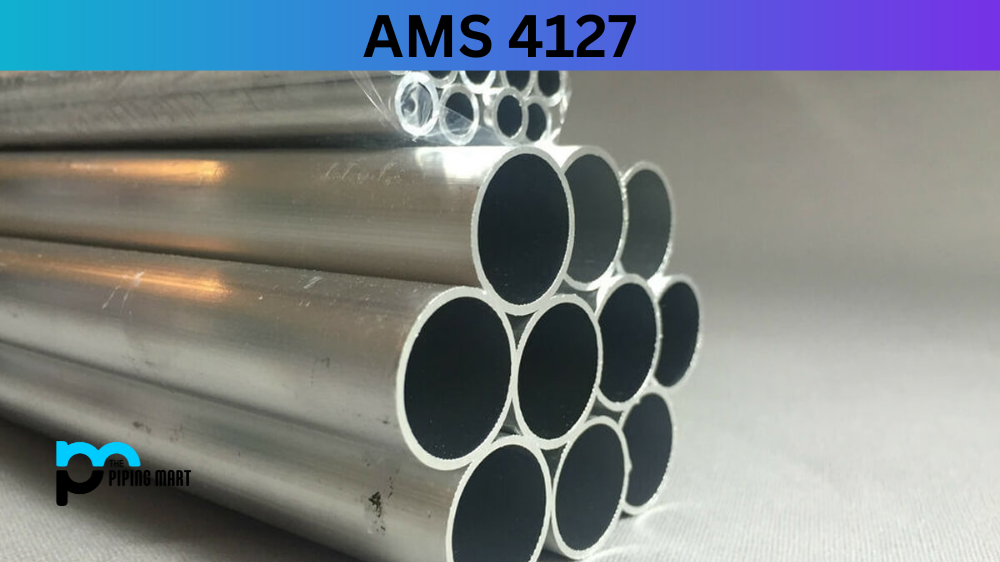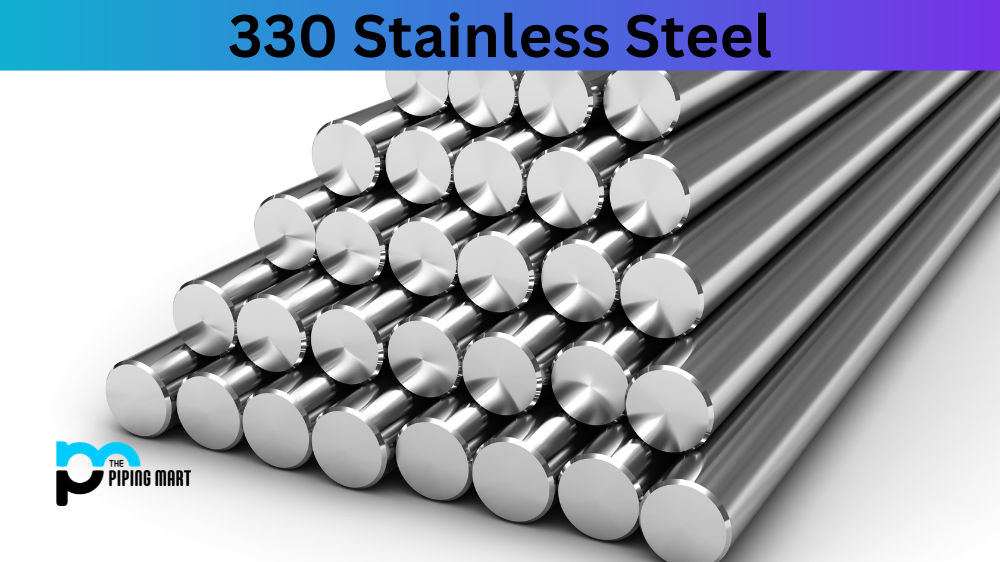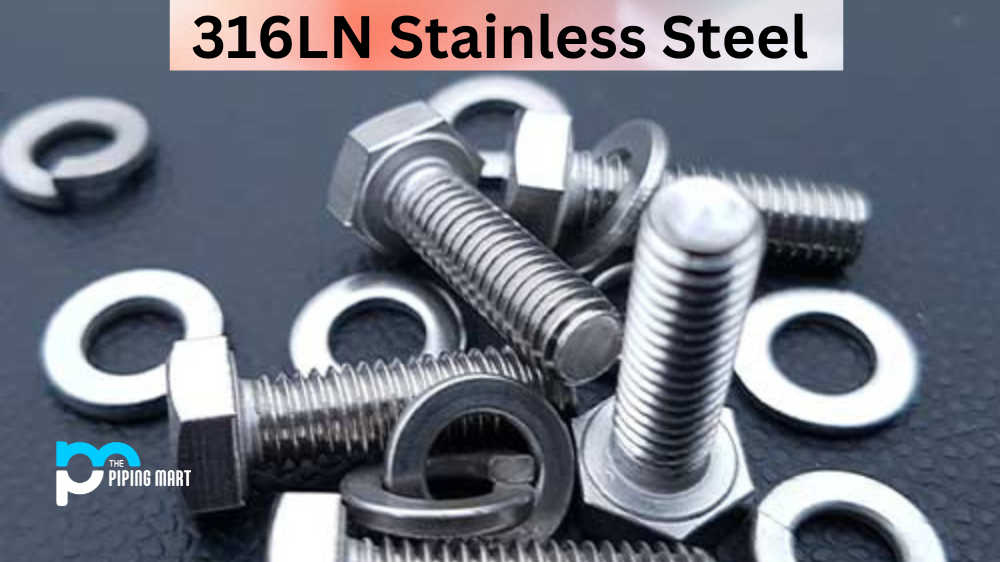AMS4127 belongs to the 2000 series of aluminium alloys and is widely used in various industries, including aerospace, automotive, and manufacturing. The properties of AMS 4127 make it ideal for use in multiple applications, as it exhibits exceptional strength and excellent corrosion resistance in harsh environments. If you want to learn more about AMS4127, this article will take you through its properties, composition, and applications.
What is AMS 4127?
AMS4127 is a specification document used in the aerospace industry to outline the requirements and guidelines for aluminium alloys commonly used in manufacturing aircraft components. This document provides manufacturers with detailed information on the chemical composition, mechanical properties, and fabrication requirements of the materials to ensure that they meet the necessary standards for safety and durability. AMS 4127 is critical in maintaining the high quality and reliability of the aerospace industry. Understanding the nuances of the document is essential to ensure that aircraft are built with the highest level of precision and care.
AMS 4127 Composition
AMS4127 is a high-strength aluminium alloy that belongs to the 2000 series. The alloy comprises 4.4-5.2% copper, 0.6-1.2% manganese, 0.25% iron, 3.8-4.9% magnesium, 0.2% chromium, and 0.15% zinc. The high copper content gives the alloy exceptional strength, while magnesium provides excellent corrosion resistance. The small amounts of other elements also enhance the alloy’s desired properties.
| Element | Content (%) |
|---|---|
| Aluminium / Aluminum, Al | 97.9 |
| Magnesium, Mg | 1 |
| Silicon, Si | 0.60 |
| Copper, Cu | 0.28 |
| Chromium, Cr | 0.20 |
AMS 4127 Physical Properties
AMS 4127 has a density of 2.78 g/cm³ and melts at 555°C. When subjected to high temperatures, the alloy experiences minimal to no distortion and is highly resistant to corrosion in harsh environments. The alloy also exhibits exceptional thermal conductivity, making it ideal for heat exchange systems.
| Properties | Metric | Imperial |
|---|---|---|
| Density | 2.7 g/cm3 | 0.0975 lb/in3 |
| Melting point | 588°C | 1090°F |
AMS 4127 Mechanical Properties
The mechanical properties of AMS 4127 are one of its main selling points. The alloy exhibits high strength and durability with a tensile strength of 485MPa and ultimate yield strength of 420 MPa. The alloy also possesses high fatigue strength and is resistant to stress corrosion cracking, making it ideal for aircraft components. The elongation at break is around 12%, while the modulus of elasticity is around 71GPa.
| Properties | Metric | Imperial |
|---|---|---|
| Tensile strength | 310 MPa | 45000 psi |
| Yield strength | 276 MPa | 40000 psi |
| Shear strength | 207 MPa | 30000 psi |
| Fatigue strength | 96.5 MPa | 14000 psi |
| Elastic modulus | 68.9 GPa | 10000 ksi |
| Poisson’s ratio | 0.33 | 0.33 |
| Elongation | 12-17% | 12-17% |
| Hardness, Brinell | 95 | 95 |
AMS 4127 Equivalent
| AMS 4117 | ASTM B247 | ASTM B429 | DIN 3.3211 | MIL G-18014 | QQ A-200/8 |
| ASTM B209 | ASTM B307 | ASTM B483 | MIL A-12545 | MIL G-18015 | QQ A-225/8 |
| ASTM B210 | ASTM B313 | ASTM B547 | MIL A-22771 | MIL P-25995 | QQ A-250/11 |
| ASTM B211 | ASTM B316 | ASTM B548 | MIL F-17132A | MIL T-7081 | QQ A-367 |
| ASTM B221 | ASTM B345 | ASTM B632 | MIL F-18280 | MIL W-23351 | QQ A-430 |
| ASTM B234 | ASTM B361 | ASTM F467 | MIL F-39000 | MIL W-85 | QQ WW-T-700/6 |
| ASTM B241 | ASTM B404 | ASTM F468 | MIL F-3922 | QQ A-200/16 | SAE J454 |
AMS 4127 Uses
AMS 4127 is used in numerous aerospace, automotive, and manufacturing applications. The exceptional strength and corrosion resistance are ideal for aircraft components, including wing skins and fuselage. The alloy’s high thermal conductivity makes it useful in heat exchange systems, while its high strength and durability make it ideal for use in the automotive industry.
AMS 4127 Hardness
AMS 4127 exhibits excellent hardness properties. After the solution heat treatment and the precipitation hardening process, it has a Rockwell hardness of around 35-50. The hardness value can vary depending on the heat-treatment method and other factors.
AMS 4127 Heat treatment
AMS 4127 undergoes a two-stage heat-treatment process to achieve its desired properties. The first stage involves a solution heat treatment, which involves heating the alloy to around 500°C for several hours, followed by quenching. The second stage requires precipitation hardening, where the alloy is heated again to about 180-190°C for several hours, then cooling. This process enhances the alloy’s mechanical properties, making it stronger and more durable.
Conclusion:
AMS 4127 material is a high-strength aluminium alloy with excellent strength, durability, and corrosion resistance properties. Its numerous applications in the aerospace, automotive, and manufacturing industries testify to its versatility in various fields. Understanding the properties and unique composition of AMS 4127 is crucial in selecting the suitable material for specific applications, and its heat-treatment process plays a vital role in achieving its desired properties. Whether you are designing aircraft components or heat exchange systems, AMS 4127 is an excellent material to consider for high-strength and highly durable applications.

A passionate metal industry expert and blogger. With over 5 years of experience in the field, Palak brings a wealth of knowledge and insight to her writing. Whether discussing the latest trends in the metal industry or sharing tips, she is dedicated to helping others succeed in the metal industry.




